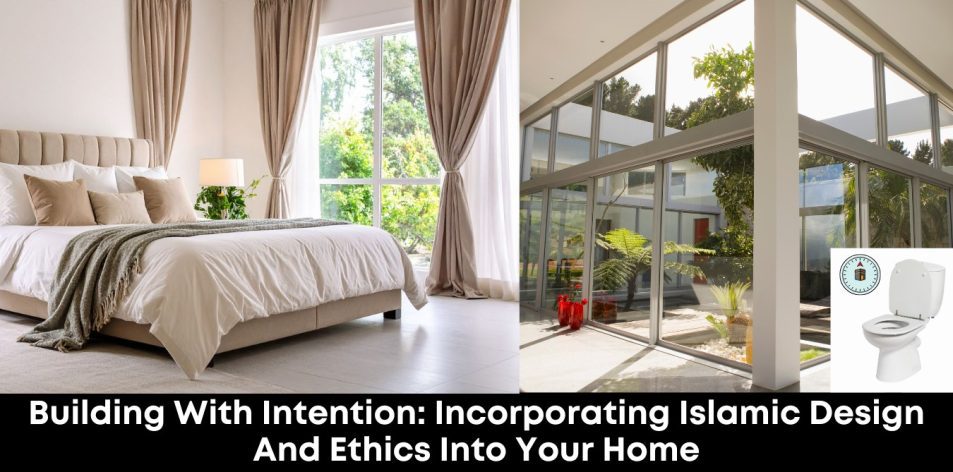Creating a Sanctuary That Reflects Values and Promotes Peace
The home is a central place of rest, reflection, and family life. For those seeking to build or renovate, incorporating architectural principles and design concepts rooted in ethical traditions can transform a mere structure into a personal sanctuary that promotes peace, privacy, and spiritual well-being. This article explores practical ways to introduce traditional and ethical ideas into your home’s design, ensuring the space is both beautiful and aligned with a mindful lifestyle.
I. Design Principles: Promoting Modesty and Tranquillity
1. Emphasizing Privacy (Haya)
Privacy is a fundamental consideration in ethical home design, especially regarding separation between public and private spaces within the home and visibility from the street.
- Courtyards and Atriums: Incorporate an internal courtyard or an enclosed outdoor space. This allows natural light and air flow into the home while maintaining complete privacy from neighbours and the street.
- Entryways: Design a layered entry sequence, such as a small entryway or foyer that prevents immediate, direct viewing into the main living areas when the front door is opened.
- Strategic Window Placement: Use clerestory windows (high placement) or decorative screens (mashrabiya-style elements) on exterior windows that face neighbours, allowing light and air in while blocking direct sightlines.
2. Maximising Natural Light and Airflow
Natural light and good ventilation are crucial for health, well-being, and an uplifting atmosphere.
- High Ceilings and Large Windows: Use these features to maximise light and create a feeling of expansiveness.
- Water Features: Integrate small, soothing water features (like fountains in a courtyard) to naturally cool the air and add a calming auditory element to the space.
II. Essential Room Planning and Orientation
3. Dedicating a Space for Prayer (Musalla)
While the entire home can be a place of devotion, dedicating a small, clean, quiet room or nook for regular prayer offers a focused sanctuary.
- Placement: Choose a quiet corner, ideally away from high-traffic areas like the kitchen or main entryway.
- Orientation: Ensure this space is easily oriented towards the Qibla (the direction of the Kaaba in Makkah).
- Design: Keep the space clutter-free and simple. Use soft lighting and perhaps a simple pattern on a wall to enhance the mood of reflection.
4. Bathroom and Toilet Orientation
The orientation of the toilet is a specific ethical consideration to ensure proper respect for the sacred centre of worship, the Kaaba.
- Rule: Toilets should not be directly facing or directly backed towards the direction of the Qibla (Kaaba). This rule is applied out of reverence.
III. Specific Ethical Considerations for Sleeping
5. Bed Orientation
While there is no strict ethical mandate on the direction a bed must face, many people prefer to position their beds so that they are not facing or backed towards the Qibla (Kaaba) during sleep, similar to the principle applied to toilets.
- Recommendation: Align the bed along the axis that is perpendicular to the Qibla direction in your specific location. This ensures the head is not pointing toward it.
IV. Architectural and Aesthetic Elements
6. Geometric Patterns and Calligraphy
Traditional architecture often relies on geometric, repeating patterns (arabesque) and calligraphy for decoration. These elements are non-representational and promote a feeling of harmony and endless order.
- Usage: Incorporate complex geometric patterns in tile work (especially floors and courtyards), wooden screens, or wall art. Use calligraphy of uplifting phrases or beautiful names in framed art.
7. Embracing Natural Materials
Use natural, durable, and unpretentious materials like stone, wood, natural plaster, and ceramics. These materials convey honesty and connection to the earth, creating a sense of enduring quality.
Building a home with intention means thinking beyond current trends and focusing on creating a peaceful environment that supports your family’s values. By incorporating these principles of privacy, orientation, and calming design, your home can truly become a sanctuary that brings peace and abundance to every part of your life.

